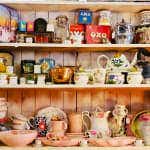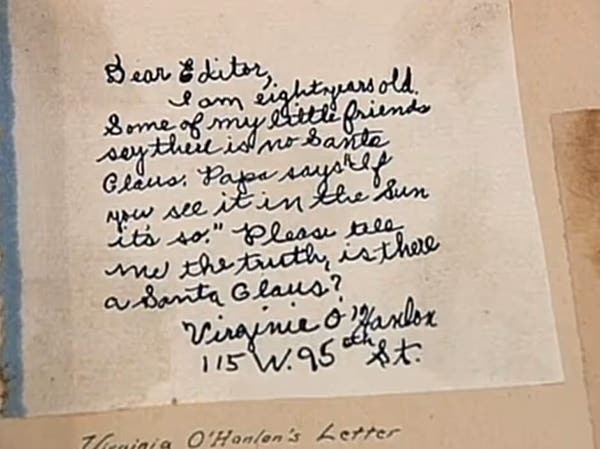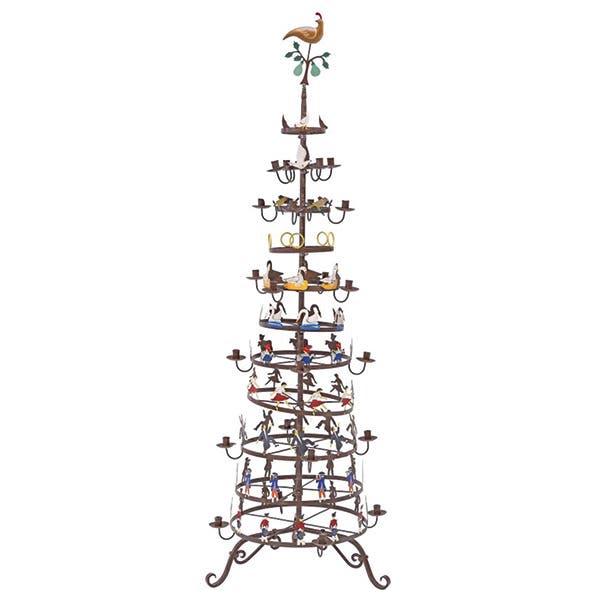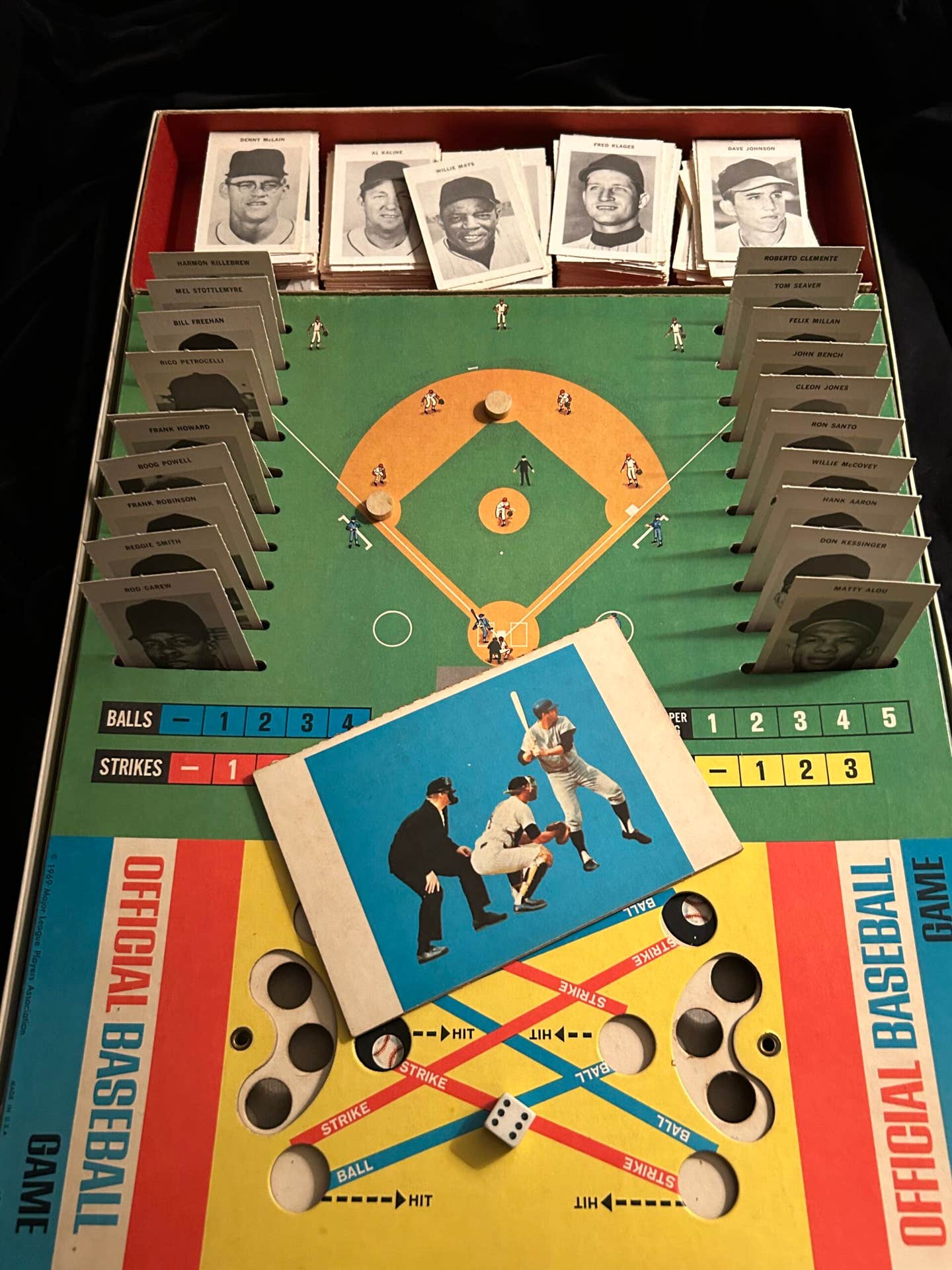Chalk-tique upgrades cupboard from eyesore to prize
In a recent Things We Love column, Print Editor Karen Knapstein shares the process of locating, acquiring, and lovingly refurbishing a large cupboard with help from Chalk-tique.
Karen Knapstein
My husband and I have been restoring a hundred-year-old farmhouse for a little better than the last twenty years. Over the past decade, as rooms have been completed, we’ve been adding an eclectic mix of furnishings. Our dining room is furnished with an early 20th century era double-pedestal table, which is currently surrounded by folding chairs, because the matching George III-style chairs are awaiting some restoration and reupholstering. (The green, white and gold pinstriped fabric tells me they were reupholstered in the seventies.)
Although it’s an eclectic mix, our furniture selections always fill a need. We tend to consider function first, style second, until something more fitting comes along that serves both equally.
Preference for Painted Furniture
One thing I’ve noticed over the years is the number of old painted furniture pieces that find their way into our abode. The first instance is a set of three circa 1940s cabinets with original green glass knobs in green paint. This was followed years later by a green chest plucked from an estate auction for just $10. In 2012, ahead of his pending departure, former Antique Trader magazine editor Eric Bradley gave me first dibs on his green Hoosier-type cabinet base.
See the pattern? I love the color and the functionality of all the pieces.
But it still wasn’t enough storage. I had been looking for a large cupboard for months. I was hoping for a wainscot or wide plank cupboard that would suitably fit into our old house and provide the storage space that I needed. (Sadly, the wainscot cupboards original to our house were in such a state of disrepair that they were beyond saving.)
Looking is always enjoyable, so my husband and I took many opportunities to use my quest for a cupboard as an excuse to visit the local antique shops and malls. We also attended auctions that offered pieces that might fit my needs. Based on our shopping experiences, I was resigned that if I wanted an old cupboard in original paint that fit my space it was going to cost me anywhere from $400 to $800, which definitely wasn’t in the budget.
Sights Set on Cupboard - Waiting and Watching
I concluded that an auction was going to be my best bet. So, I waited and I watched. After much of both, I found a cupboard the size that I wanted in an online auction, but its state shocked me. It was painted in what I considered hideous glossy red and yellow paint; I thought, “What a shame!” And it had three different kinds of drawer handles. Count ‘em - three!
Don’t get me wrong; sometimes I like things that are “gloriously hideous,” but this was just hideous. I may have used the words, “bloody crime” to describe the paint job.
At first I passed it over, thinking it was out of the question. Then I revisited the listing, again and again … and again. It was sitting at just $10. No wonder there seemed to be little interest. It was hideous and it was huge — 72 inches wide, 86 inches tall, and 25 inches deep. And it was sitting in a non-walkout basement.
After several days of thinking about it, I came to the conclusion that maybe I could snap this up cheap and make it work. I’ve stripped furniture before and refinished it. I consulted my husband, and he said he thought it was exactly the type of cupboard we should be looking for: a project piece that we could make better. [We need to make concessions when the budget has little to no wiggle room, don’t we?]
Claiming Cupboard
Well, there were a couple of other bidders who felt the same way. There was a little competition, but it wasn’t too bad. I won this enormous eyesore of a back-breakingly heavy cupboard for just $70 ($77 with buyer’s premium).
I will forever be indebted to my brother-in-law and sister-in-law, who not only agreed to haul it with their SUV and trailer, but they also helped carry it up a narrow, steep flight of stairs out of the basement. Fortunately, the top lifted off the base so we didn’t have to do any disassembly. The fit was so tight, there was only about an inch of clearance between the top of the cupboard and the ceiling in the stairway.
Considering Best Rehab Option
When we got the cupboard home, we unloaded it into our garage, where I visited it often while
debating my course of action. The cupboard itself is sturdily constructed of 3/4-inch wainscot and 1-inch-thick boards – some of them up to 12 inches wide. The drawers are not dovetailed, but they, too are made with 1-inch-thick boards. There’s not so much as a splinter of pressed wood in the entire piece.
Whoever made it built it to last indefinitely. So what kind of finish is suitable for a piece of furniture that I plan to have – and enjoy – for the rest of my life?
Leaving the existing finish was out of the question; the cupboard, which was going into a room with burgundy and white walls with a tin ceiling, was too bright and too shiny.
Should I strip it? It looked like it was painted with oil paint. If you’ve ever stripped a piece of furniture that was painted in oil paint, you know the sort of hazardous, odorous undertaking that is.
Should I leave the red and yellow paint and just rub a coat of dark paste wax or rub a dark glaze on it to tone down the brightness? Should I paint over the existing finish? If I do, will it stick? Or should I just leave it as it is, clean it up, and enjoy all the storage space?
The cupboard sat in my garage for months while I mulled over the options.
Chalk-tique To the Rescue
I found the answer with the most promise right in the pages of Antique Trader: Chalk-tique. After visiting www.chalktique.com/ to see if it would work, it seemed to be the answer I was looking for. At once I watched the video and the process seemed fast and easy.
I contacted the company and requested a kit for product review. My inquiry also included if they thought it would work over oil-based paint, and they said they hadn’t tried it, but it should.
Then, to be sure, Chalk-tique’s Julie Crozier did a test project over oil-based paint and said, “It worked great! The only difference was additional drying time. Went on very smoothly.”
Over Labor Day weekend, the weather was supposed to be beautiful and I decided I should have plenty of time to do the project from start to finish. Enlisting the help of my teenage daughter, Faye, we washed the cupboard using the Chalk-tique Concentrated Wood Soap and let it dry. While it was drying, in a clean paint can, I followed the directions and mixed the Chalk-tique additive into water, and then mixed in a quart of pastel green flat latex paint that I had found on the clearance shelf of a local home improvement store for less than $6. (There’s that green paint again!) I only used a quarter of the paint additive, so I have plenty left over for future projects.
Making Memories Refurbishing Cupboard
Since I was painting over a high gloss finish, I pondered whether or not I should sand or rough up the finish before painting. The instructions said sanding wasn’t necessary; cautiously optimistic that I wouldn’t regret the shortcut, I trusted the instructions and Faye and I started painting.
As promised, the paint went on smooth and easy. I’m glad I waited until I had a long weekend to do the project, because I underestimated just how big the piece was. It has a lot of square inches and a lot of nooks and crannies to work the paint into. The hardest part of the painting project was working the paint into the grooves of the wainscot.
After several hours of painting (and talking, and listening to music), we stood back and gave the cupboard a good hard look. The areas that were yellow were fine, but we could still see the red paint underneath, so we gave the piece a partial second coat. I especially wanted to make sure the shelves and the top of the base had a good, solid coat for durability. I used the entire quart of paint to finish the piece. (We painted the back and the top with a similar green paint we had on hand, but didn’t treat it with the Chalk-tique additive.)
Close Assessment Leads to Clear Choice of Past Wax
It didn’t take long at all to dry, but I let the pieces sit overnight to make sure. Since I liked the look of the cupboard already, and it was already showing signs of distress, I decided to not sand the edges and corners. Also, I figured I could always do that later if I changed my mind and wanted it more “beat up.”
I didn’t know what kind of wax I wanted, so the good people at Chalk-tique sent me both Howard’s Dark Oak Paste Wax and Howard’s Neutral Paste Wax so I could try them both. I’m glad they did, because I opted to coat the interior of the cupboard (the shelves and back) with the Neutral wax, and the exterior with the Dark Oak wax. When I applied the first swath of Dark Oak wax, my heart skipped a few beats and I thought, “After so many hours, what have I done?!” I thought I had ruined it. But, once I spread the wax out, and then buffed it off, it was beautiful! As I like to say, “It knocked the new out of the finish.” The results are exactly what I was hoping for; it looks like (at least) a 50-year-old paint job.
Character Is Within the Hardware
I didn’t remove the hardware (which, you’ll notice, is mismatched) before painting because I didn’t think the oxidized screws and bolts would come out in one piece; I didn’t want to make more problems. As you can see from the original photo, the hardware had been sloppily painted over with red paint. I didn’t take the time to tape over the hardware, either.
After the paint was dry, I used a slotted screwdriver and carefully removed the paint from the drawer
handles and door latches. Happily, much of the red paint came off as well, which leads me to believe the paint was latex-based, rather than oil-based. I finished cleaning the hardware by using Scott’s Liquid Gold and a soft cotton cloth.The goal was to clean the bits of paint and dust, but not remove any of the patina.
My pleasure with how this project turned out is immense. I think the mismatched hardware and the remaining bits of red paint are charming and part of the cupboard’s story. It’s not worth an incredible amount of money (even though there’s not a doubt in my mind that we made it more valuable than it was), it is now a family heirloom: a project my daughter and I worked on together, creating memories and adding our own chapter to its story.








